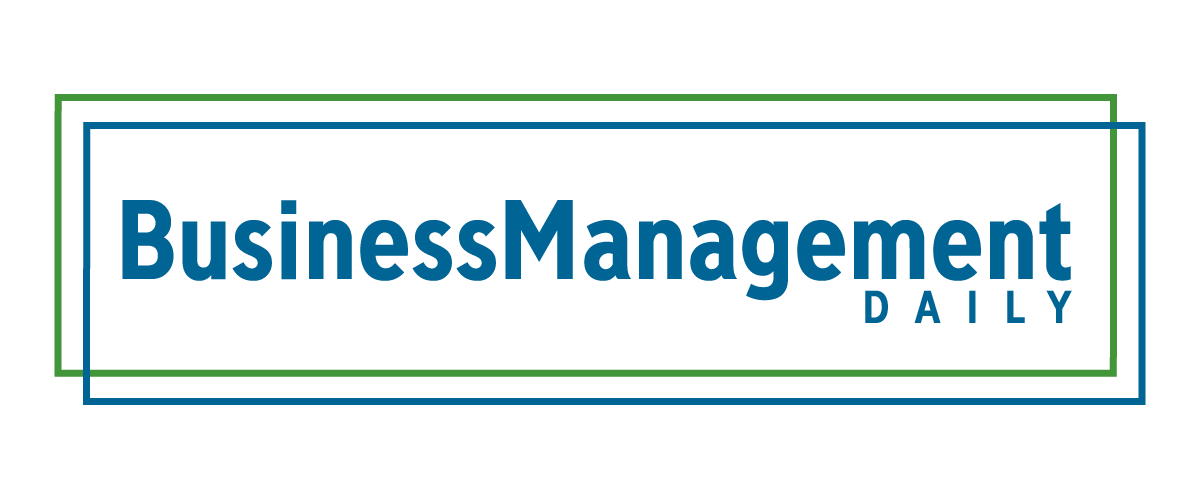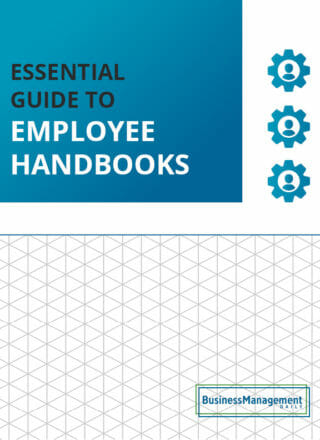Employers seek new health care cost-control strategies
Curbing the cost of health care and increasing its affordability remain the top priorities for almost all employers over the next three years (93%), according to the 24th annual Best Practices in Health Care Employer Survey by Willis Towers Watson. Yet nearly two in three (63%) employers see health care affordability as the most difficult challenge to tackle over that same period.
Employers expect health care cost increases of 4.9% in 2020 compared with 4.0% in 2019. Even so, 95% of employers are very confident their organization will continue to sponsor health care benefits to active employees in five years. Employers’ longer-term commitment to sponsoring these benefits 10 years from now hit 74%, the highest level in the past decade.
The survey found employers focusing on three cost-cutting measures.
Reducing specialty pharmaceutical spending. These highly complex, very expensive drugs—usually costing more than $1,000 per month—are used to treat chronic conditions such as cancer, hepatitis, nervous system or blood disorders and autoimmune conditions. They often must be administered in doctors’ offices. Cost-cutting measures include centralizing where the medicines are administered.
Steering employees toward proven services that produce positive health outcomes at a lower price, such as high-performance networks and centers of excellence. More employers are actively reviewing out-of-network coverage and costs.
Enhancing employee well-being. Most employers surveyed are redesigning employee assistance programs to better address emotional and financial well-being. More than half of employers said they offer apps to help employees relax and get better sleep.
Health benefit spending follows the 20/80 rule
A new study from the Employee Benefit Research Institute finds that a small minority of employees account for a huge majority of health insurance plan spending.
Generally, the EBRI study found, 20% of those insured by employer-based health benefits in the U.S. account for 80% of total spending on health care services. Five percent are responsible for 56% of spending and 1% of employees account for 28% of health care spending.
Higher health premiums mean less spent elsewhere
Higher health insurance premiums have a direct effect on employees’ spending, according to a new survey commissioned by Ally Bank. More than 80% of adults told pollsters they would have to cut back on other spending when health care costs increase.
When asked “if health insurance costs increased, on which categories would you cut spending the most,” respondents stated:
- Going to restaurants/dining out: 44%
- Clothing and accessories: 18%
- Electronics: 9%
- Food and groceries: 6%
Only 18% said higher health care costs would have no effect on their spending habits.






